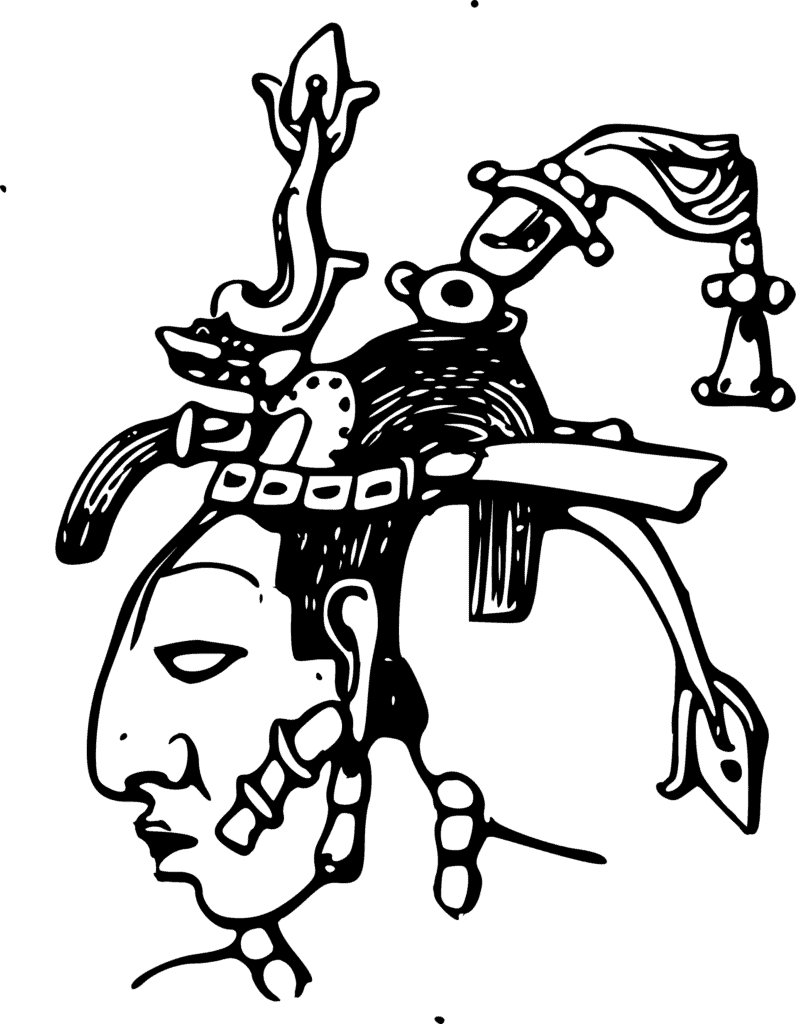
Akhenaten, Kukulkan, and Manco Capac held significant roles in the religious beliefs of their cultures. Akhenaten initiated a religious revolution in ancient Egypt, focusing on the worship of the sun god Aten. Kukulkan was a revered deity in Mesoamerican religions, associated with creation, wind, rain, and learning. Manco Capac was a mythical figure sent by the sun god to establish the Inca civilization, and he played a crucial role in Inca religious beliefs.
Akhenaten
Akhenaten, also known as Amenhotep IV, was an ancient Egyptian pharaoh who reigned during the 18th dynasty (c. 1353–1336 BCE). He is notable for his religious reforms, particularly his attempt to transition Egypt from polytheism to the worship of a single god, the Aten, represented as the sun disc. This period, often referred to as the Amarna Period, saw significant changes in art, culture, and religious practices. Akhenaten moved the capital from Thebes to a new city called Akhetaten (modern-day Amarna) and introduced a new artistic style characterized by more naturalistic depictions of the human body. After his death, his reforms were largely reversed, and his name was often omitted from the official lists of pharaohs in an attempt to erase his memory from history.
Akhenaten’s status as a religious revolutionary has led to much speculation, ranging from scholarly hypotheses to non-academic fringe theories. Although some believe the religion he introduced was mostly monotheistic, many others see Akhenaten as a practitioner of an Aten monolatry, as he did not actively deny the existence of other gods; he simply refrained from worshiping any but the Aten.
Akhenaten and monotheism in Abrahamic religions
The idea that Akhenaten was the pioneer of a monotheistic religion that later became Judaism has been considered by various scholars. One of the first to mention this was Sigmund Freud, the founder of psychoanalysis, in his book Moses and Monotheism. Basing his arguments on his belief that the Exodus story was historical, Freud argued that Moses had been an Atenist priest who was forced to leave Egypt with his followers after Akhenaten’s death. Freud argued that Akhenaten was striving to promote monotheism, something that the biblical Moses was able to achieve. Following the publication of his book, the concept entered popular consciousness and serious research.
Manco Capac
Manco Capac is a legendary figure and the first ruler of the Inca civilization in ancient Peru. According to Inca mythology, Manco Capac and his sister-wife Mama Ocllo were sent by the sun god Inti to establish the Inca civilization and teach the people about agriculture, architecture, and other aspects of civilization.

Manco Capac is considered the founder of the city of Cusco, which later became the capital of the Inca Empire. He is a central figure in Inca origin myths and is believed to have laid the foundation for the powerful and sophisticated Inca civilization that thrived in South America before the arrival of the Spanish conquistadors.
Kukulkan
Kukulkan, also known as Quetzalcoatl in Aztec mythology, is a feathered serpent deity in Mesoamerican religion. In the traditions of the Maya civilization, Kukulkan was considered a god of wind, rain, and learning, as well as a patron of cities and merchants. The god was often depicted as a feathered serpent, combining features of a serpent and a bird.
Kukulkan played a significant role in the religious beliefs of various Mesoamerican cultures, including the Maya and the Aztecs. He was associated with creation, fertility, and agricultural abundance. Kukulkan was also linked to Venus, the planet, and his movements were observed and studied by ancient astronomers.
The worship of Kukulkan persisted through different Mesoamerican cultures and time periods, and the deity remains a prominent figure in the mythology and history of the region.
Although Kukulkan was mentioned as a historical person by Maya writers of the 16th century, the earlier 9th-century texts at Chichen Itza never identified him as human and artistic representations depicted him as a Vision Serpent entwined around the figures of nobles.

Pakal
Pakal, also known as K’inich Janaab’ Pakal or Pacal the Great, was a prominent ruler of the Maya city-state of Palenque (in modern-day Mexico) during the 7th century. He ascended to the throne at a young age and ruled for an extended period, from 615 to 683 CE. Pakal is renowned for his remarkable achievements and the grandeur of his reign.
Pakal’s reign saw significant architectural and artistic achievements. He commissioned the construction of some of the most notable structures in Palenque, including the Temple of the Inscriptions, which served as his tomb. The elaborate sarcophagus lid in the Temple of the Inscriptions depicts Pakal’s image in a vivid and intricate manner, showcasing his importance and the Maya belief in the afterlife.
Under Pakal’s rule, Palenque experienced a period of cultural flourishing, marked by impressive architectural projects, sophisticated artwork, and scientific advancements. His dynasty continued to rule Palenque for several generations after his death, leaving a lasting legacy in the history of the ancient Maya civilization.
| Born | 24 March 603 Palenque (now in Chiapas, Mexico) |
|---|---|
| Died | 29 August 683 (aged 80) Palenque |


